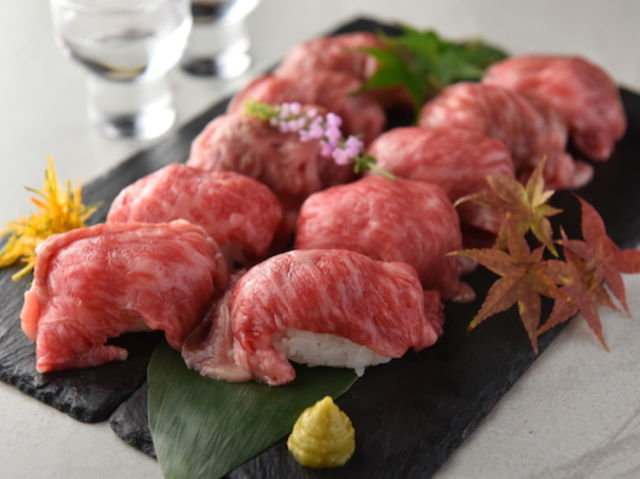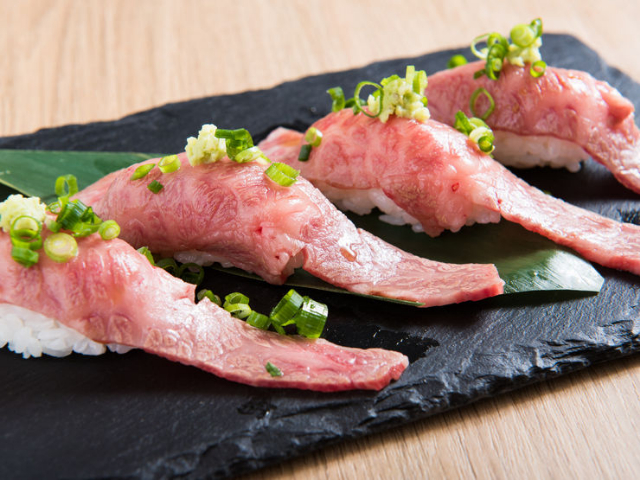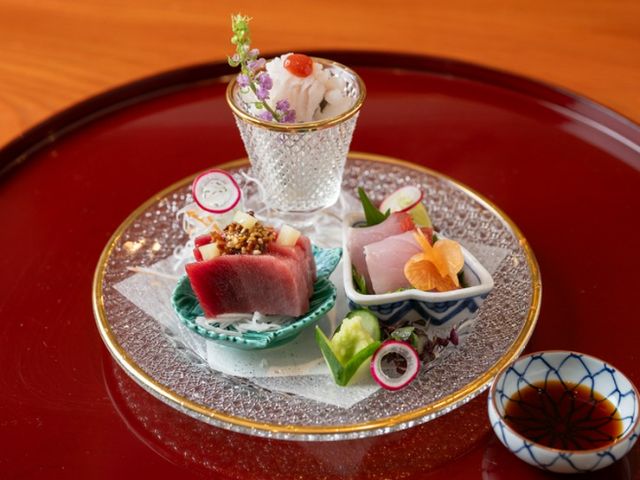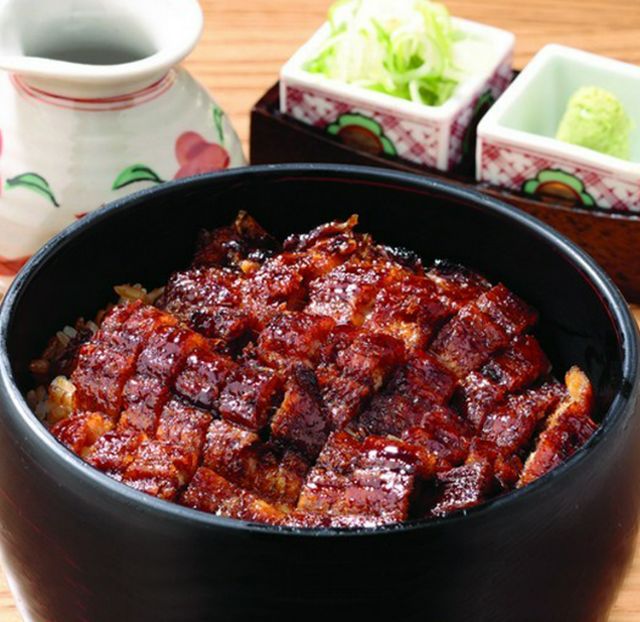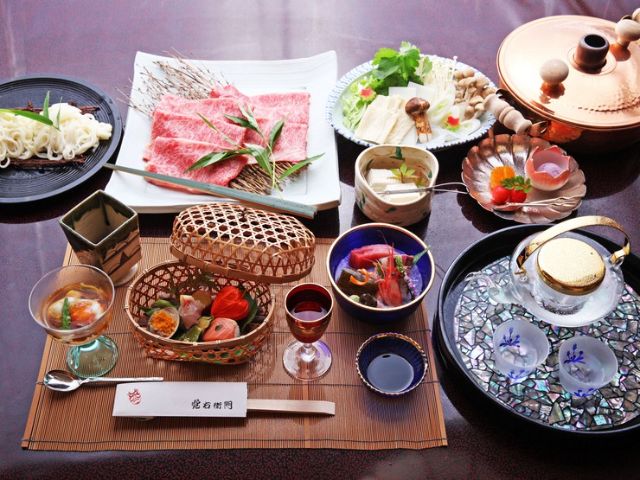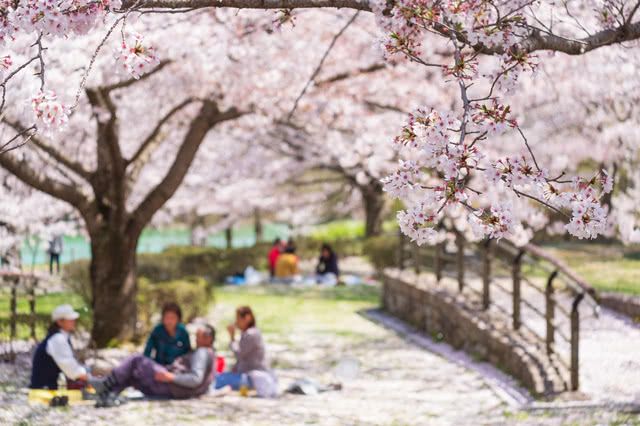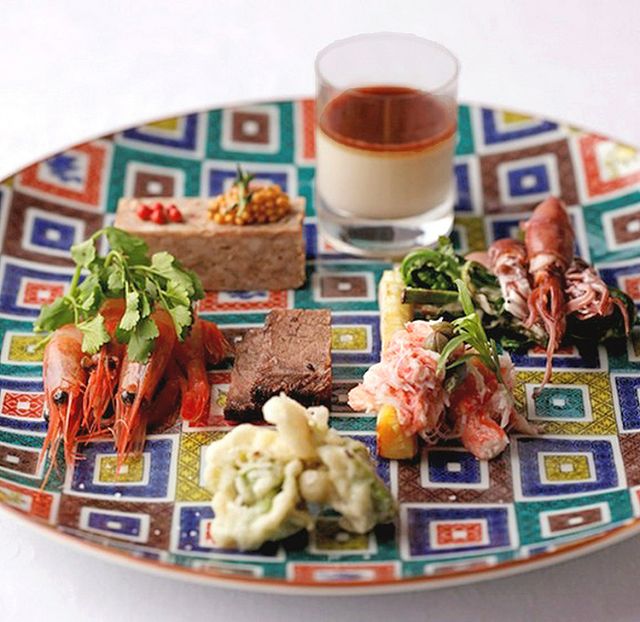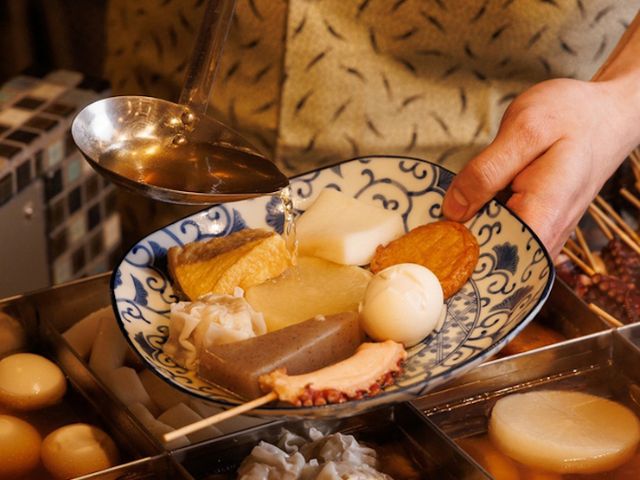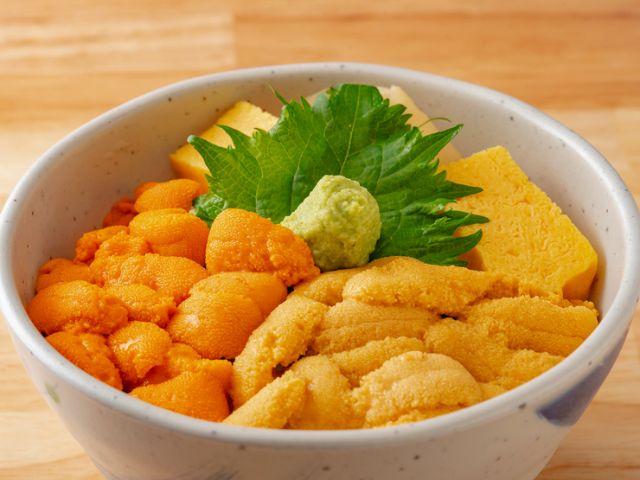Niigata's Culinary Delights: Exploring Japan's 4th Most Delicious Prefecture!
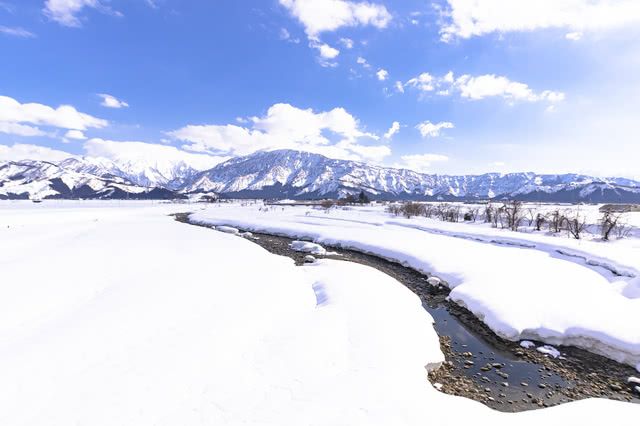
What Makes Niigata Rice So Tasty?
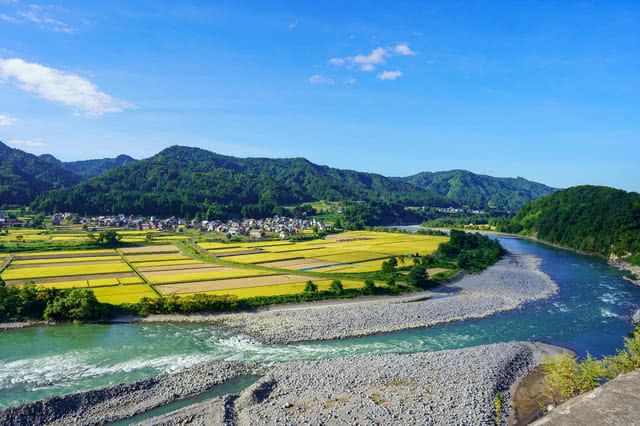
Located in the Koshinetsu region, Niigata Prefecture faces the Sea of Japan and is one of the country’s snowiest areas. Average winter temperatures sit around 3°C, and numerous ski resorts dot its many mountains. However, summer in Niigata turns surprisingly warm, with averages of 27°C, so you can swim at its beautiful beaches, too.
Owing to Niigata’s pristine environment, it is also the top rice-producing region in Japan. The land possesses the ideal conditions for premium rice, such as a large temperature drop between day and night and the presence of large rivers like the Shinano River and Agano River that deliver ample melted snow and nutrient-rich soil.
With so much rice, it’s no surprise that sake is also a specialty of Niigata. Out of the more than 1,400 sake breweries in Japan, approximately 90 are situated within Niigata Prefecture. Complementing the high-quality rice is pristine soft water from melted snow, clean air, and a consistent low-temperature environment courtesy of the snow cover. These unique characteristics are harnessed to produce exceptional sake with a diverse bouquet of flavors.
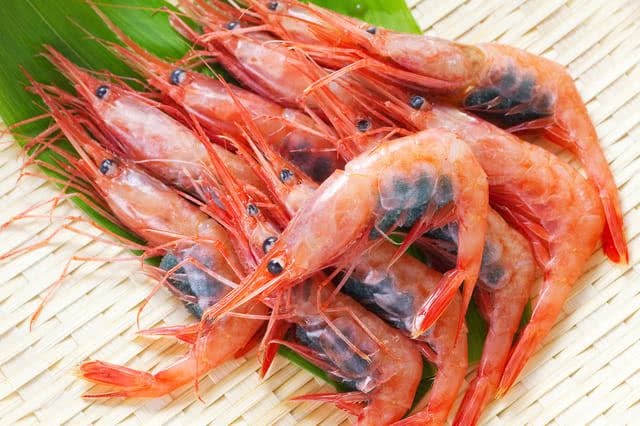
Facing the Sea of Japan, Niigata's allure is likewise found in its delectable seafood. All kinds of seafood are caught throughout the year, and if you find yourself in Niigata around November, be sure to try nanban-ebi (red shrimp), one of its most coveted delicacies.
Nanban-ebi is caught in the Sea of Japan in the areas north of the Hokuriku region. It has a robust sweetness and melt-in-your-mouth texture and is highly sought-after for sashimi and sushi. Its head is also packed with flavor, so it’s worth also trying it fried, grilled with salt, or eaten whole in soup.
Recommended Sightseeing Spots in Niigata
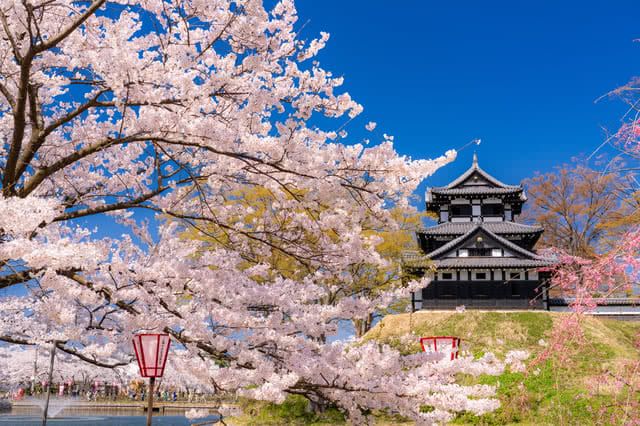
Niigata Prefecture stretches from north to south and is divided into four areas: Joetsu, Chuetsu, Kaetsu, and Sado Island. Here are some recommended Niigata sightseeing spots for each season.
Spring: Cherry Blossoms at Takada Castle Site Park (Joetsu City / Joetsu)
Takada Castle Site Park sits on the ruins of Takada Castle, which was constructed in 1614, and boasts around 4,000 cherry blossoms that peak from early to mid-April. Takada Castle was dismantled in the late 19th century, but a three-story turret was recently rebuilt based on historical documents. Seeing the turret surrounded by cherry blossoms will take your breath away, and the after-dark illumination adds a spellbinding touch.
Summer: The Nagaoka Festival Grand Fireworks Show (Nagaoka City / Chuetsu)
Held annually on August 2 and 3, this fireworks display turns both banks of the Shinano River into prime spectator seats. The massive fireworks fill the night sky, with bursts reaching around 650 meters in diameter lined up over a 2-kilometer stretch. Visitors from across Japan flock to Niigata to witness this unforgettable spectacle.
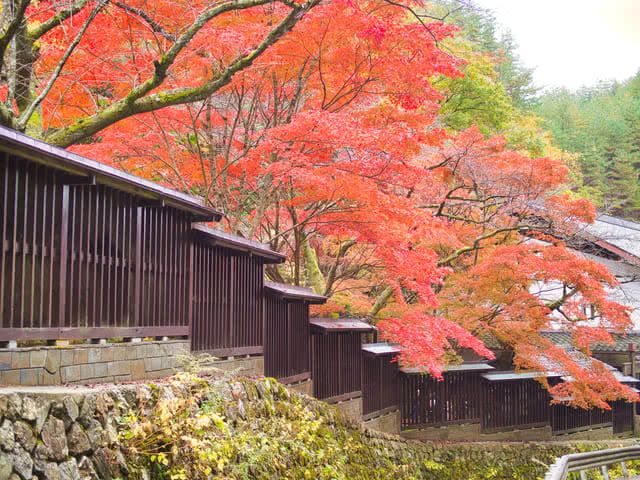
Opened in 1601, the Sado Gold Mine was once Japan's largest gold and silver mine, boasting a history of around 400 years until closing in 1989. After exploring the mine shafts, visitors can also admire splendid autumn foliage in the facility’s Japanese garden, which is typically at its best around mid-November.
*Closed for reinforcement work until March 15, 2024.
Winter: Echigo Murakami Salmon Salt Road (Murakami City / Kaetsu)
Murakami was once a prosperous castle town, and it continues to preserve its samurai residences and other historical architecture. In a unique winter tradition, whole salmon are hung from the eaves of Murakami’s traditional homes, which are often covered in snow, to make salted salmon. The salmon is meticulously rubbed with natural salt and exposed to the brisk winter wind for three weeks to enhance its distinctive flavor!
Restaurants to Savor the Essence of Niigata Cuisine
Hakkaisan Officially Licensed Echigo Sakebo Hakkaisan Niigata Ekimae Branch (Niigata / Izakaya)
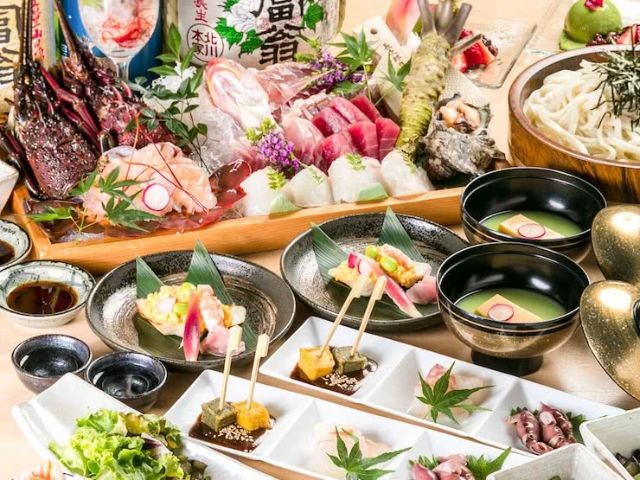
The restaurant’s seafood is hand-chosen by connoisseurs, and served fresh to flaunt its unaltered flavor and texture. Be sure to also try [Hegisoba], a form of soba (buckwheat noodles) made with a type of seaweed called funori, giving it an unusual green color and firm, smooth texture.
All courses come with an all-you-can-drink option, so if you're inclined to order sake, it's best to go for one of the courses. The [All-You-Can-Drink Course of 11 Niigata Local Sake] (6,000 JPY) includes Niigata specialty dishes with as much sake as you can handle in 2.5 hours, making it an excellent deal.
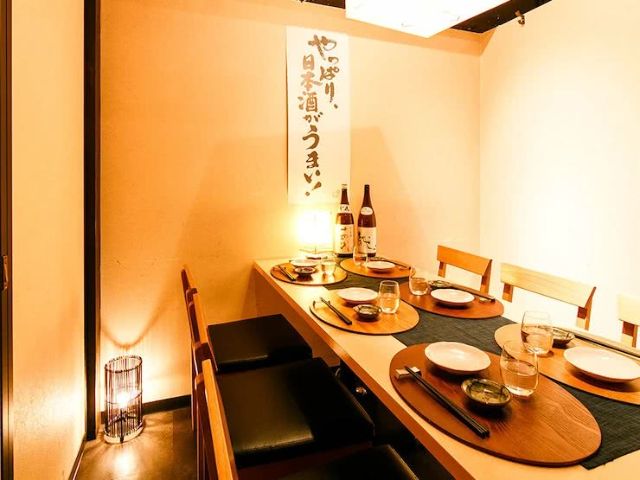
The restaurant is just a minute's walk from Niigata Station, making it a convenient spot to drop in after sightseeing.
Hakkaisan Officially Licensed Echigo Sakebo Hakkaisan Niigata Ekimae Branch
Closed: None
Average price: [Dinner] 4,000 JPY / [Lunch] 4,000 JPY
Access: 1-minute walk from JR Niigata Station
Address: B1F Rairaiken Building, 1-1-10, Higashiodori, Chuo-ku, Niigata-shi, Niigata Map
More Details Reservation
Kappo Sugahara (Niigata / Japanese Cuisine)
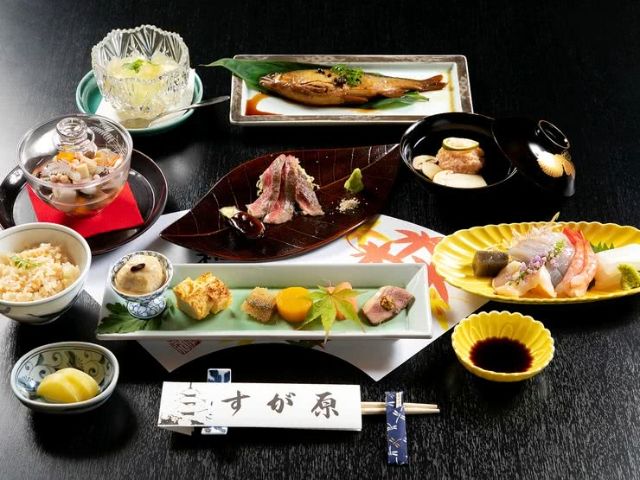
Kappo Sugahara is a Japanese restaurant that flaunts the finest seasonal ingredients, skillfully picked and prepared to peak deliciousness. While kaiseki (traditional multi-course cuisine) is often high in price and not beginner-friendly, [Kappo Sugahara] grants a more casual and approachable take on this gourmet style of dining.
The exquisite [Night Kaiseki Course] (6,600 JPY) showcases peak Niigata ingredients through a variety of traditional cooking methods, including grilling, simmering, and raw as sashimi.
The [Shokado Bento] (2,750 JPY) condenses its authentic kaiseki cuisine into a neat bento box, with each dish beautifully arranged by a cross-shaped divider.
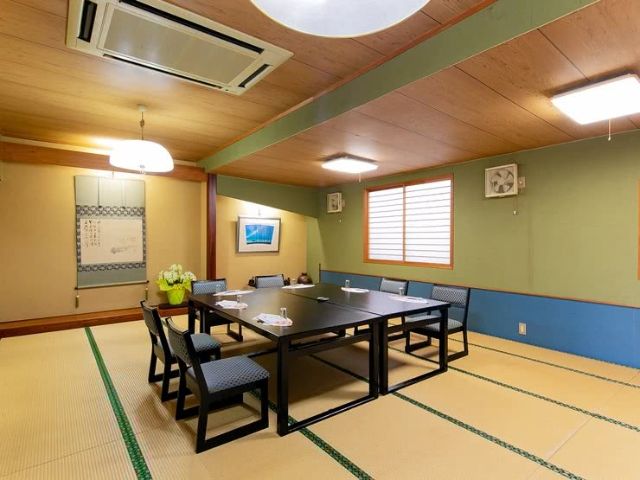
Kappo Sugahara
Closed: Irregular
Average price: [Dinner] 7,000 JPY / [Lunch] 2,500 JPY
Access: 32-minute walk from JR Niigata Station. If using the bus, get off at Honcho and walk 10 minutes.
Address: 11-1817, Honcho-dori, Chuo-ku, Niigata-shi, Niigata Map
More Details Reservation
Disclaimer: All information is accurate at time of publication.
Thank you for reading our article.
Our goal is to take your culinary journey to the next level by helping you find the best restaurant. With SAVOR JAPAN, you can search and make reservations for
the Japanese Cuisine restaurants found in and around Niigata that fill your needs.
Discover more Japanese Cuisine restaurants by area
- Tokyo Area
- Near Tokyo
- Kyoto and Osaka Area
- Hokkaido Area
- Northern Honshu (Tohoku)
- Central Honshu (Chubu)
- Western Honshu (Chugoku)
- Shikoku
- Kyushu
- Okinawa and Ryukyu Islands
Discover more restaurants to eat Japanese Cuisine by area
Keywords
Related Articles
New Articles
Categories
Cuisine
- Bars (23)
-
Japanese Cuisine (676)
- Kaiseki (46)
- Nabe (19)
- Okonomiyaki (24)
- Shabu Shabu (36)
- Soba (17)
- Sushi (137)
- Tempura (18)
- Teppanyaki (46)
- Shojin Ryori (3)
- Tonkatsu (12)
- Kushiyaki (10)
- Yakitori (46)
- Sukiyaki (35)
- Japanese Cuisine (341)
- Oyster (2)
- Sashimi/ Seafood (19)
- Unagi (eel) (30)
- Motsu Nabe (offal hotpot) (6)
- Mizutaki (chicken hot pot) (3)
- Oden (8)
- Kaisendon (seafood bowl) (9)
- Udon (2)
- Taverns(Izakaya) Cuisine (125)
- Western Cuisine (42)
- Italian/French Cuisine (95)
- Yakiniku/Steak (225)
- Chinese Cuisine (26)
- Ramen (Noodles) Cuisine (26)
- Cafe/Sweets (60)
- Other Asian Cuisine (5)
- Global/International Cuisine (7)
- Alcohol (45)
- Other (11)
Area
- Shikoku (10)
- Kyoto and Osaka (345)
-
Tokyo (460)
- Tokyo (286)
- Ginza (44)
- Roppongi (22)
- Shibuya (26)
- Shinjuku (47)
- Asakusa (20)
- Ebisu (12)
- Tsukiji (10)
- Tokyo Landmarks (4)
- Ueno (24)
- Akihabara (9)
- Ikebukuro (12)
- Jiyugaoka, Denenchofu, Nakameguro (9)
- Shimokitazawa (4)
- Kichijoji (3)
- Tachikawa (1)
- Omotesando, Harajuku, Aoyama (18)
- Akabane (1)
- Kagurazaka (4)
- Akasaka (10)
- Odaiba (1)
- Tsukishima, Harumi, Toyosu (3)
- Near Tokyo (100)
- Okinawa and Ryukyu Islands (58)
- Hokkaido (124)
- Northern Honshu (Tohoku) (31)
- Central Honshu (Chubu) (144)
- Western Honshu (Chugoku) (32)
- Kyushu (92)
Archives
- December 2025(9)
- November 2025(4)
- October 2025(3)
- September 2025(6)
- August 2025(11)
- July 2025(19)
- June 2025(18)
- May 2025(34)
- April 2025(43)
- March 2025(30)
- February 2025(36)
- January 2025(26)
- December 2024(69)
- November 2024(31)
- October 2024(15)
- September 2024(39)
- August 2024(65)
- July 2024(31)
- June 2024(54)
- May 2024(61)
- April 2024(28)
- March 2024(31)
- February 2024(42)
- January 2024(32)
- December 2023(20)
- November 2023(5)
- October 2023(11)
- September 2023(7)
- August 2023(18)
- July 2023(8)
- June 2023(8)
- May 2023(18)
- April 2023(15)
- March 2023(1)
- January 2023(1)
- April 2022(2)
- March 2022(2)
- February 2022(1)
- January 2022(1)
- July 2021(1)
- March 2021(1)
- February 2021(1)
- December 2020(1)
- October 2020(1)
- September 2020(2)
- August 2020(10)
- July 2020(6)
- June 2020(9)
- May 2020(11)
- April 2020(8)
- March 2020(8)
- February 2020(13)
- January 2020(9)
- December 2019(24)
- November 2019(8)
- August 2019(14)
- July 2019(15)
- June 2019(18)
- May 2019(17)
- April 2019(16)
- March 2019(22)
- February 2019(22)
- January 2019(26)
- December 2018(34)
- November 2018(40)
- October 2018(32)
- September 2018(11)
- August 2018(8)
- July 2018(6)
- June 2018(9)
- May 2018(10)
- April 2018(21)
- March 2018(74)
- February 2018(39)
- January 2018(26)
- December 2017(60)
Keywords
- Omakase
- Accessible
- Affordable
- All-You-Can-Eat
- Amazing Scenery
- anime
- Art
- Autumn
- Awards
- Beer Gardens
- Breakfast
- Chef Recommendations
- Cherry Blossoms
- Chinese
- Close To Station
- Condiments
- Counter
- Coupon
- Crab
- Culture
- Dassai
- Dates
- delivery
- Early Summer
- Editor's Recommendation
- English Available
- Event
- Expo
- Fall Leaves
- Family-Friendly
- Famous Restaurant
- Famous Tourist Spot
- Fast Food
- festival
- fireworks
- Flower Farm
- Free Wi-Fi
- French
- Great Location
- Guide
- Hibachi
- hotpot
- How To
- hydrangea
- Hygiene
- Illumination
- Italian
- Izakaya
- Japanese
- Japanese alcohol
- jingisukan
- Kaiseki
- Kappo
- Kushiage
- Kushikatsu
- Kyoto
- Late-Night
- Lunch
- Manners
- matsusakagyu
- Michelin
- mizutaki
- Model Course
- monjayaki
- motsunabe
- Mt.Fuji
- Multilingual Menus
- Nabe
- Narita Airport
- New Year
- Ninja
- Noodle
- Oden
- Okonomiyaki
- omotenashi
- Onsen
- Osaka
- Osaka Station
- Photogenic Site
- pizza
- PR
- Private Room
- Ramen
- ranking
- Recipe
- Regional Cuisine
- Resort
- Rice Bowl Dish (Donburi)
- sacred places
- Sake
- Sakura
- Sashimi
- sea urchin
- Setouchi Area
- Shabu Shabu
- sightseeing
- Signature Dish
- Soba
- Solo Diners Welcomed
- Spicy Food
- Spring
- Steak
- Summer
- Sunflower
- Sushi
- takeout
- Teppanyaki
- Terrace Seating
- Tokyo
- Tokyo Experiences
- Tokyo Skytree
- Tokyo Tower
- unagi
- UNESCO
- Vegan
- Vegetarian
- Wagyu
- What Popular Gourmet Sites Recommend
- Whisky
- Wine Bar
- Winter
- Wisteria
- Workshop
- World Heritage Site
- World Writers
- Yakiniku
- Yoshoku
- Yuba
- Zen
Discover Restaurants By Area
-

Tokyo Area
Japan's largest city, Tokyo, is the center of culinary culture in Japan. Countless Tokyo restaurants serve every kind of food imaginable and the Toyosu fish market keeps restaurants stocked with the nation's finest fish.
-

Near Tokyo
Coastal areas, mountains and valleys surrounding Tokyo are bursting with tourist destinations, such as hot springs and ski slopes, where many unique foods are only available locally.
-

Kyoto and Osaka Area
The cities of Kyoto and Osaka, together with their surrounding areas, have greatly influenced Japan's culinary culture since the 7th Century. The region is renowned for its entertainment, Kobe beef, and wide-ranging traditional dishes.
-

Hokkaido Area
The island of Hokkaido is home to wide-ranging produce of the finest quality, such as rice, meat, vegetables, fish and fruit. Popular dishes from Hokkaido include robatayaki (food slowly roasted on skewers) and Sapporo miso ramen.
-

Northern Honshu (Tohoku)
The northern end of Japan's main island, Honshu, is renowned for its seasonal fruit and vegetables, nation-leading harvest of fish (especially tuna from Ohma), and delicious beef from Yonezawa, Sendai and Yamagata.
-

Central Honshu (Chubu)
Chubu is in the center of Japan's main island, Honshu, and its culinary culture reflects its position between Japan's western and eastern halves. Delicious Hida beef, world-famous Mount Fuji and many acclaimed sake breweries are in Chubu.
-

Western Honshu (Chugoku)
Chugoku, on the southwest of Japan's main island, is rich with diverse produce. Many of its products are praised as Japan's best, including Matsuba crabs from Tottori and oysters from Hiroshima. Its pears and muscats are also top grade.
-

Shikoku
The mild climate of Shikoku is ideal for growing citrus fruit such as sudachi. Shikoku is also famous for Sanuki udon noodles, huge yields of tiger prawn from Ehime Prefecture and the best torafugu (tiger globefish) in the country.
-

Kyushu
Western culture was first introduced to Japan through Kyushu, Japan's third largest island, where the influence of Portuguese and other western cuisine influenced the creation of a colorful culinary tradition.
-

Okinawa and Ryukyu Islands
Okinawa, Japan’s southernmost prefecture, is a treasure trove of distinctive dishes and drinks that have become popular throughout Japan, including Okinawa soba, unique sushi toppings and Awamori distilled liquor.
